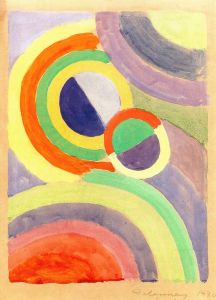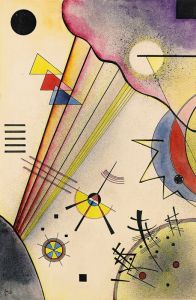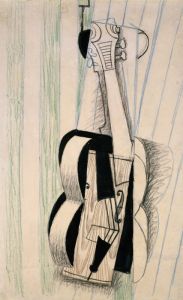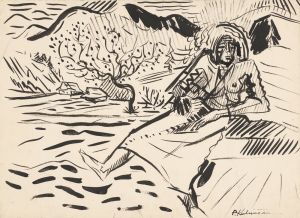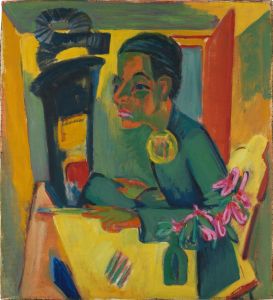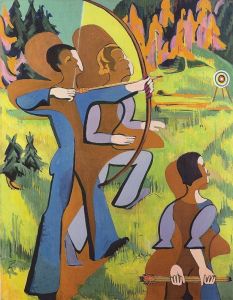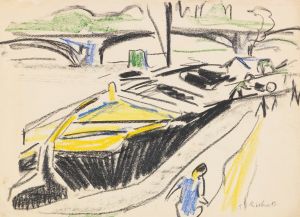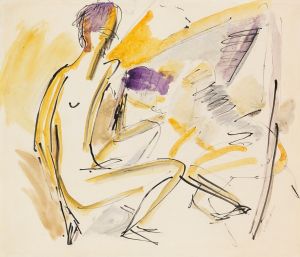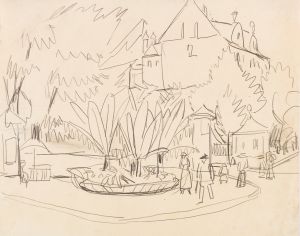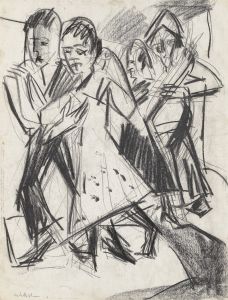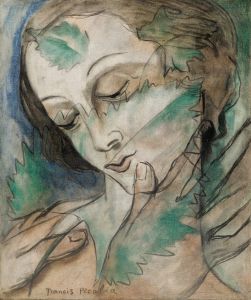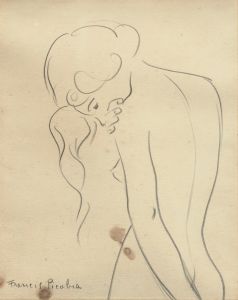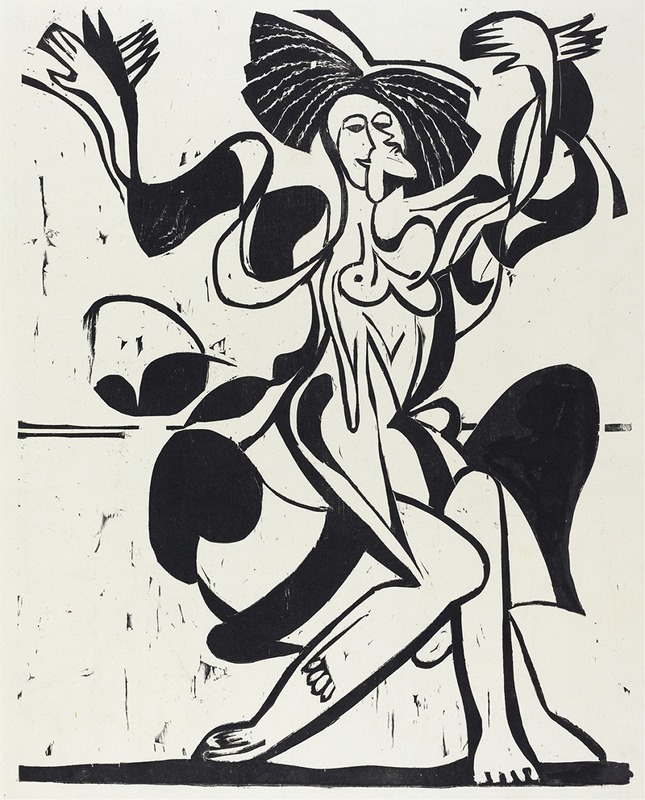
Mary Wigman’s Dance
A hand-painted replica of Ernst Ludwig Kirchner’s masterpiece Mary Wigman’s Dance, meticulously crafted by professional artists to capture the true essence of the original. Each piece is created with museum-quality canvas and rare mineral pigments, carefully painted by experienced artists with delicate brushstrokes and rich, layered colors to perfectly recreate the texture of the original artwork. Unlike machine-printed reproductions, this hand-painted version brings the painting to life, infused with the artist’s emotions and skill in every stroke. Whether for personal collection or home decoration, it instantly elevates the artistic atmosphere of any space.
Ernst Ludwig Kirchner's painting "Mary Wigman’s Dance" is a notable work that captures the essence of early 20th-century modernism and the dynamic cultural exchanges between visual art and dance. Kirchner, a leading figure of the German Expressionist movement and a founding member of the artist group Die Brücke, was known for his vibrant and emotive style, which sought to convey the psychological and emotional states of his subjects.
Mary Wigman, the subject of this painting, was a pioneering figure in modern dance. She was a German dancer and choreographer who played a crucial role in the development of Ausdruckstanz, or "expressionist dance," which emphasized the expression of deep emotions and often featured dramatic, unconventional movements. Wigman's work was characterized by its intensity and the use of space and rhythm to convey complex emotional narratives.
Kirchner's painting is believed to have been created around the time when Wigman was gaining prominence in the dance world. The artwork captures the energy and intensity of Wigman's performances, reflecting Kirchner's interest in the movement and emotion of his subjects. His use of bold colors and dynamic brushstrokes in "Mary Wigman’s Dance" exemplifies his expressionist style, which aimed to evoke the inner experiences of both the artist and the viewer.
The painting is significant not only for its artistic qualities but also for its representation of the cultural milieu of the time. The early 20th century was a period of significant change and experimentation in the arts, with artists and performers seeking new ways to express the complexities of modern life. Kirchner's depiction of Wigman is a testament to the cross-pollination of ideas between different art forms during this period.
Kirchner's interest in dance and movement is evident in several of his works, where he often explored themes of performance and the human body in motion. His portrayal of Wigman is particularly noteworthy for its ability to capture the essence of her dance style, which was both innovative and deeply expressive. The painting serves as a visual record of the synergy between two influential figures in the arts, each pushing the boundaries of their respective fields.
"Mary Wigman’s Dance" remains an important piece within Kirchner's oeuvre and is appreciated for its historical and cultural significance. It offers insight into the vibrant artistic exchanges of the early 20th century and highlights the role of dance as a powerful form of expression that resonated with the broader artistic movements of the time. Through this work, Kirchner not only immortalizes Wigman's impact on dance but also contributes to the ongoing dialogue between visual art and performance.





